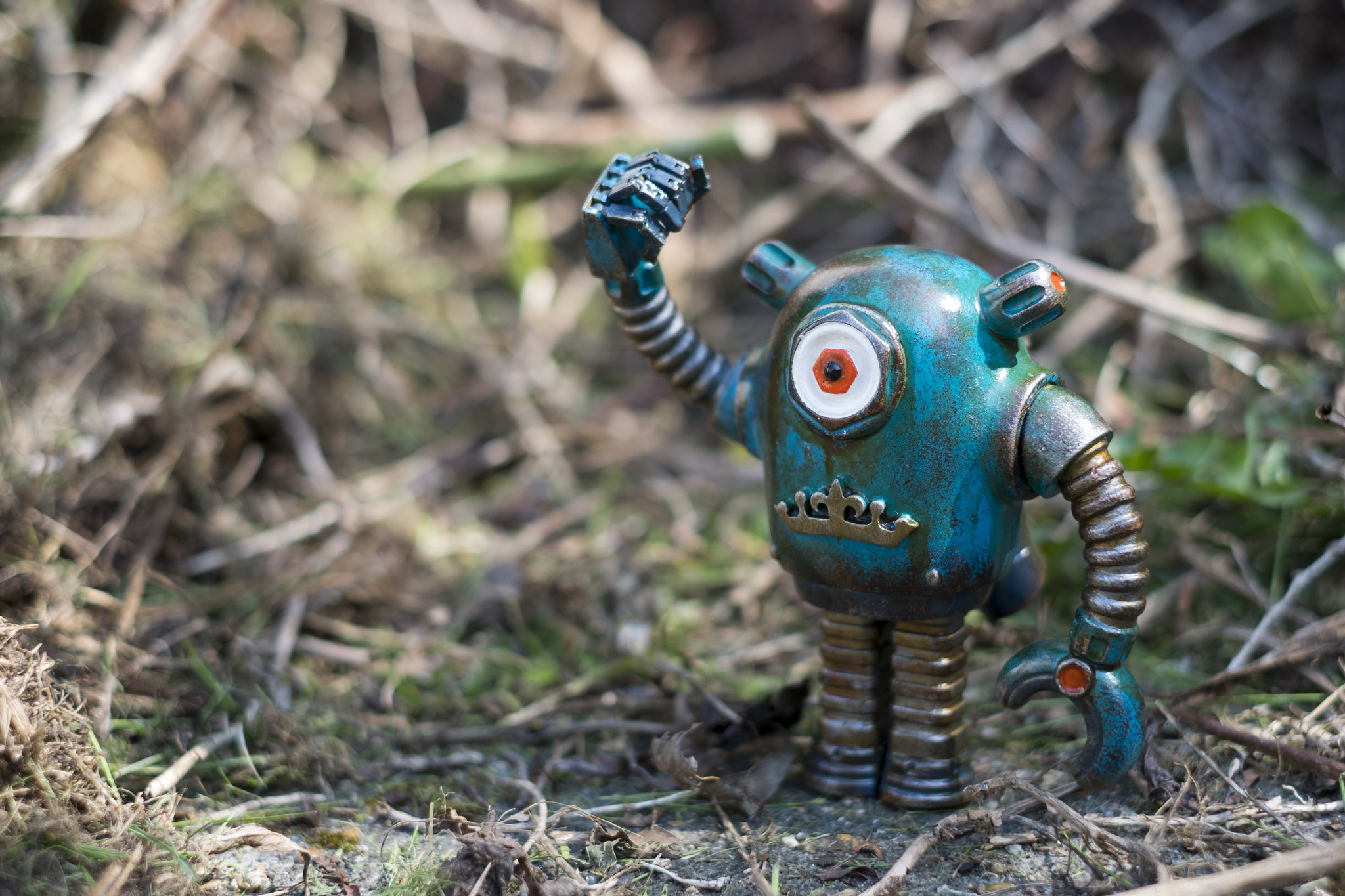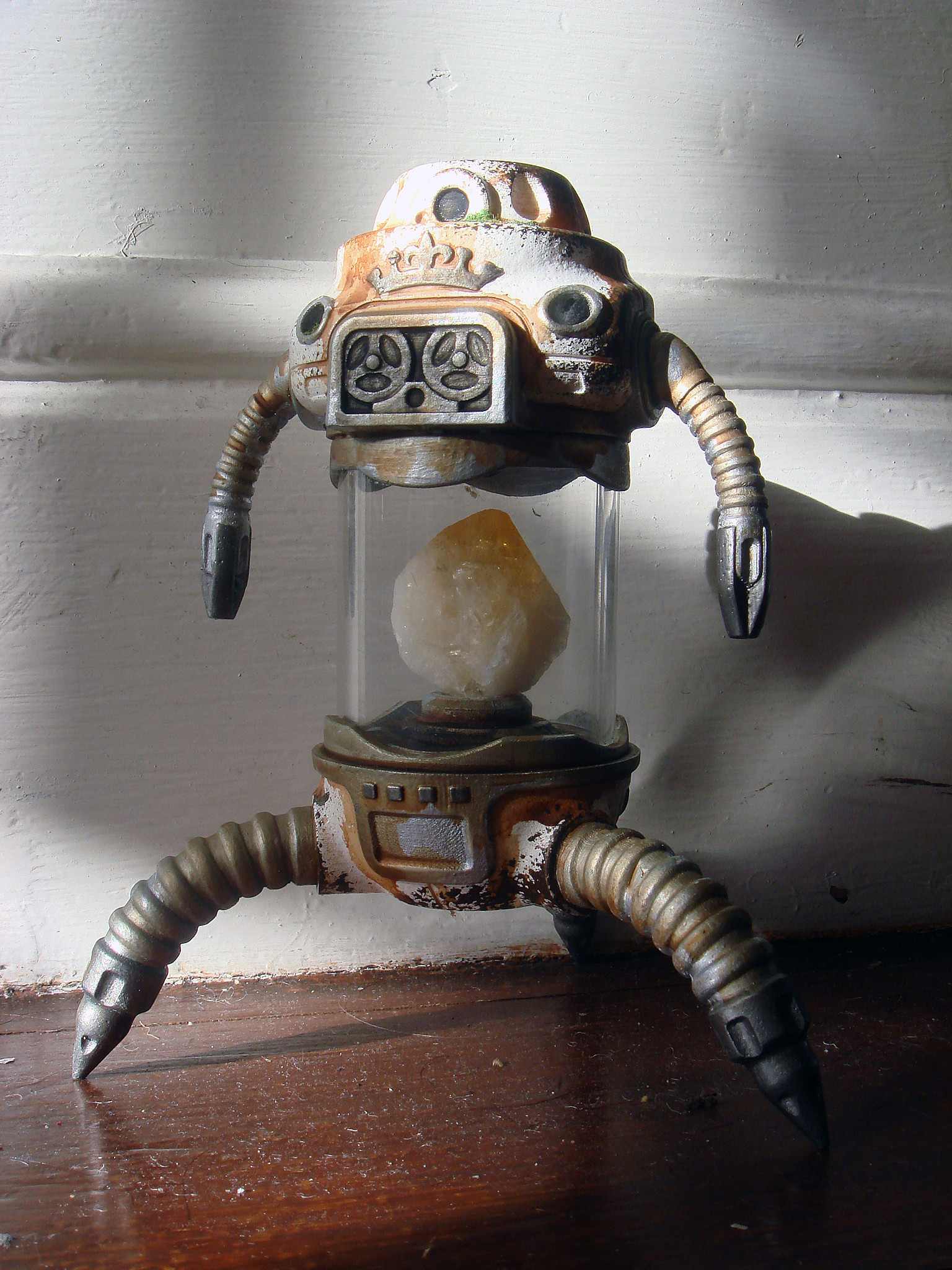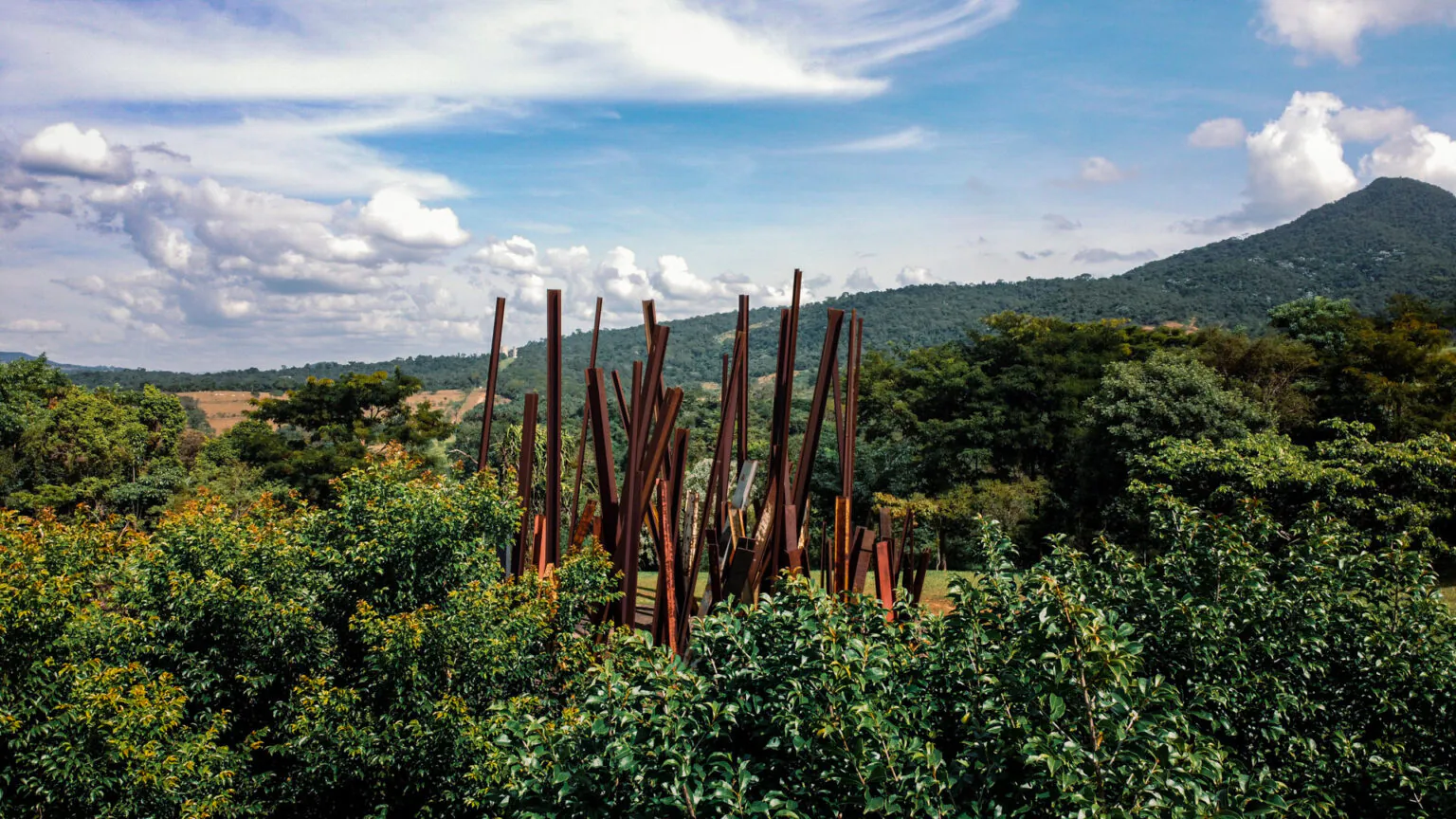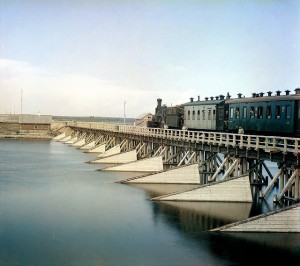Questi fabbricano e fotografano dei retro-robots piuttosto belli
 |
 |

Questi fabbricano e fotografano dei retro-robots piuttosto belli
 |
 |
Kurokawa Ryoichi composes time based sculpture with digital generated materials and field recorded sources, and the minimal and the complexities coexist there. Kurokawa accepts sound and imagery as a unit not as separately, and constructs very exquisite and precise computer based works with the audiovisual language. That shortens mutual distance, the reciprocity and the synchronization of sound and visual composition. He also performed live-visual for musicians such as HUMAN AUDIO SPONGE(ex.YMO: Sketch Show + Ryuichi Sakamoto). In recent years, Kurokawa is invited to numerous noted international festivals and museums in Europe, US and Asia including TATE MODERN[UK], ARS ELECTRONICA[AT], transmediale[DE], Shanghai eARTS[CN], MUTEK[CA], and SONAR[ES] for concert and exhibition, and he continues to be an active presence on the international stage.
More info: http://www.ryoichikurokawa.com/
Seguiamo il lavoro di Theo Jansen dal 2006. Gli “animali” mossi dal vento che costruisce diventano via via più complessi e sorprendenti.
Negli ultimi mesi, a causa dell’aumento dell’attività solare, si sono viste aurore spettacolari nei cieli dell’estremo nord. Ecco uno spettacolare timelapse realizzato da Terje Sorgjerd. Immagini prese in Norvegia, presso Kirkenes e al Pas National Park vicino al confine Russo, a 70 gradi nord and 30 gradi est. Temperature di circa -25 Celsius.
Su You Tube c’è un bel documentario sulla musica da film scritta da Toru Takemitsu, una parte molto importante e significativa della sua produzione.
Il documentario è sottotitolato in inglese e include varie interviste con il compositore e con alcuni dei famosi registi per cui ha lavorato, oltre a numerosi estratti musicali.
Questa è la prima parte. I link alle altre sono riportati sotto. Purtroppo la parte 2 è stata bloccata dal solito idiota “per motivi di copyright”, ma tutte le altre sono visibili.
Questo video è un estratto con zoom tratto da questo, più lungo, girato a Shinjuku (un quartiere di Tokyo) da Ayumu Dokizono. In qualsiasi altro paese tutto sarebbe crollato
Cryoacoustic Orb is a sound installation involving multiple illuminated acrylic orbs filled with slowly melting ice. Hydrophones frozen inside the ice amplify the sounds of the melting process, which are electronically processed and spatialized throughout the darkened gallery space. The result is a unique ambient soundscape that evolves over the course of several hours.

Beam Drop (1984/2008) is a large-scale sculpture on the top of a hill, made of 71 structural beams dropped by crane from a height of 45 meters into a pit of wet cement over a 12-hour period. The random pattern of the fallen beams formed the piece, making this work an interpretation of the gestural aspects of Abstract Expressionism and a simultaneous deconstruction of modern sculpture. It is the recreation on a larger scale of a work originally installed in 1984 for Art Park in the state of New York and destroyed in 1987.
Rui Gato and Hiraku Suzuki viewed Burden’s work one day in Brazil, returned the next day with a field recorder and began to extract sounds from it. Though broken up into seven tracks, Beam Drop is one recording of an improvisation by Gato and Suzuki in a limited time frame as a bus waited for them in the distance. If one listens carefully you can hear the artists talk about how and what they are creating as well as cries of amazement as different sounds are drawn out of the sculpture. Gato and Suzuki’s beam drop is exciting for me as it is filled with the childhood innocence of banging pans on the kitchen floor.
They say:
The Beam Drop sculpture is a very powerful experience.
This recording is the result of our very short and fast contact with the Beam Drop. Both of us were immediately attracted to the sonic dimension of this work, during the visit to the Inhotim Centre.
We found the sculpture at different moments in the first day, and agreed to go back the next day and try to get some music out of it, and record it.
We did it in one continuous take, due to time limitations of the visit (everybody was waiting for us to get back to the bus), and we are glad it was so.
It is presented to you unedited, only with 7 divisions that seem logic and natural to us when listening.
Download with artwork and photos from Test Tube netlabel.
Excerpts:
La fotografia ad alta velocità (high speed photography) ormai ha raggiunto limiti impensabili (fino a 1/30000 di secondo (0.03 msecs) ed è in grado di produrre immagini come questa che ha anche un risvolto audio perché la superficie rossa da cui emana il liquido è quella di un subwoofer in vibrazione, rosso perché illuminato da un flash con gel rosso.
Quasi tutti credono che, per ottenere queste immagini, ci si serva di macchine fotografiche con otturatori velocissimi, ma non è così, o almeno non sempre. Sebbene gli otturatori abbiano raggiunto la ragguardevole velocità di 1/8000 di secondo, per la fotografia ad alta velocità basta una macchina normale in grado di mantenere l’otturatore aperto per tempi molto lunghi o meglio ancora in posa (B: sempre aperto fino al comando di chiusura).
La foto, infatti, è ottenuta grazie al flash. Alcuni flash, di alta qualità, sono in grado di generare lampi di durata brevissima, fino a 1/30000 di secondo, per cui si mette il tutto in un ambiente buio, con la macchina bloccata ad otturatore aperto e si impressiona il sensore con un singolo, istantaneo lampo di luce.
Il difficile, ovviamente, è sincronizzare il lampo e il fenomeno. In realtà non servono apparecchiature particolarmente esoteriche e si può mettere insieme un buon set anche in casa.
L’immagine di cui sopra è tratta dall’album di Chaval Brasil su Flickr, ma coloro che si dedicano di questo tipo di fotografia sono parecchi (per es. vedi gruppi su Flickr).
Qualche anno fa, in questo post, abbiamo parlato delle foto a colori realizzate nel 1909, con una tecnica semplice quanto ingegnosa, dal russo Sergei Mikhailovich Prokudin-Gorskii.
Oggi la collezione delle sue immagini, ricreate in digitale a partire dalle lastre originali, è approdata a Flickr e può essere visualizzata qui.
Eccone alcune. Nella loro semplicità e staticità, le trovo bellissime.
 |
 |
 |
 |
.